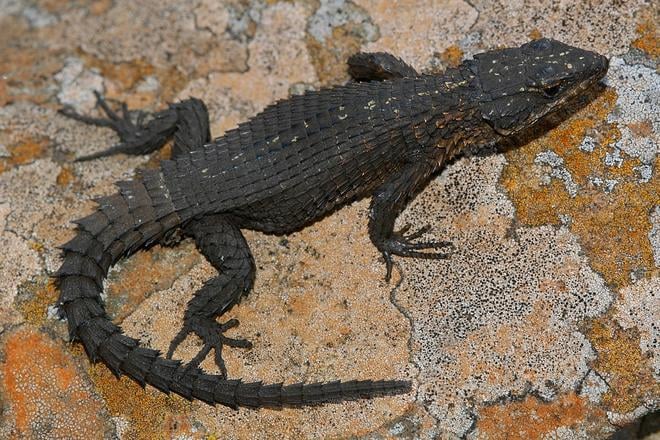An international team of scientists, including Slovak palaeontologist Andrej Čerňanský, has unearthed fossils of an unknown lizard that lived at the end of the dinosaur era. The team was working in western India, where the fossil represents a very rare and unique find.
One surprising aspect of the discovery is that modern-day lizards closely related to the fossilised specimen remain endemic to a part of the world that is now very distant from India: sub-Saharan Africa.
"It most likely is related to the African group of Cordyliformes. It thus fills a very important gap in our knowledge of prehistory," Andrej Čerňanský, who is based at the Faculty of Natural Sciences of Comenius University in Bratislava, told the Slovak Spectator.
"It sheds rare light on one group of reptiles that lived in India 66 million years ago, but it also tells us a lot about the palaeogeography of India itself." We currently know little about either. The research was published in the journal Cretaceous Research.

To stay up to date with what scientists in Slovakia or Slovak scientists around the world are doing, subscribe to the Slovak Science newsletter, which will be sent to readers free of charge four times a year.
At the end of the dinosaur era
The team found isolated jaws and osteodermal shields, which are bony deposits found on the skin of many reptiles to this day.
"The most important was the lower jaw – a dental bone with teeth, which was relatively well preserved," says Čerňanský, adding that the fossils came from sedimentary deposits that were deposited between layers of igneous rocks known as the Deccan Traps in what is now western India. Hence the name of the lizard – Deccansaurus palaeoindicus.
The area represents one of the largest volcanic features on Earth. It began forming 66 million years ago at the end of the dinosaur era, also known as the Mesozoic Era.


 The species Cordylus imkeae lives only in Africa today. Its distant relative was found recently in India. (source: Comenius University)
The species Cordylus imkeae lives only in Africa today. Its distant relative was found recently in India. (source: Comenius University)